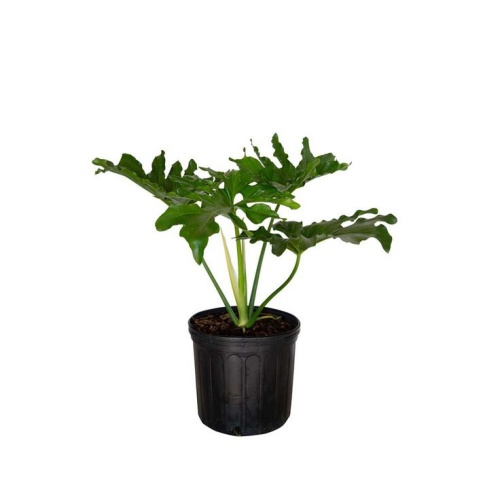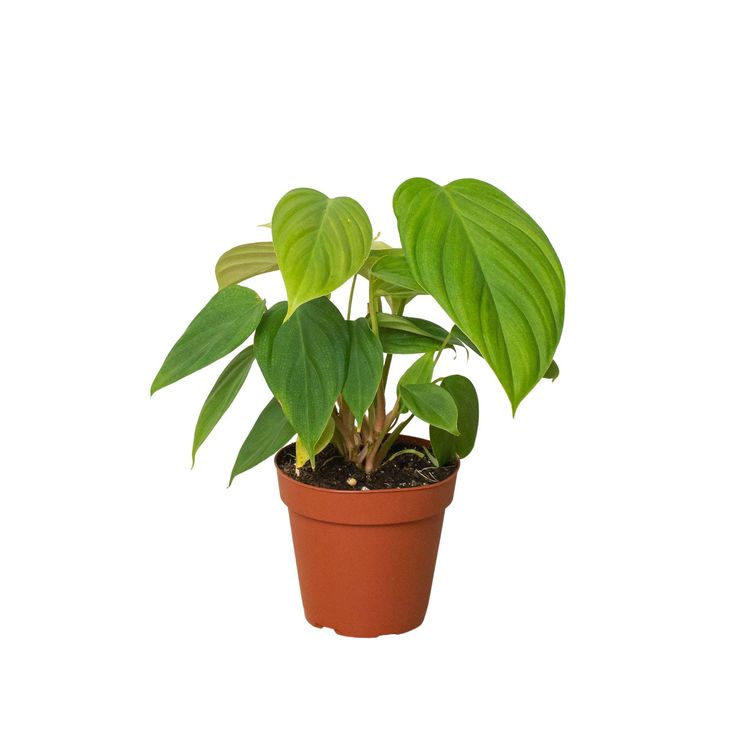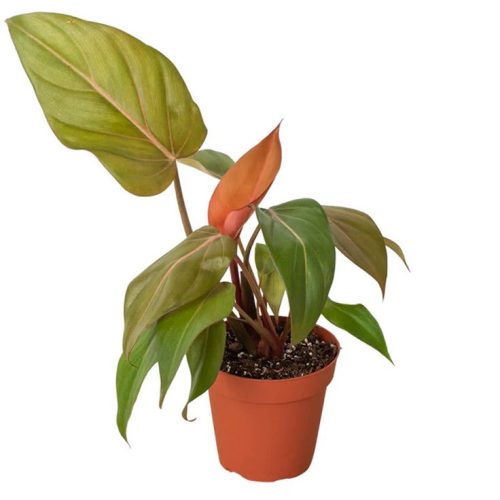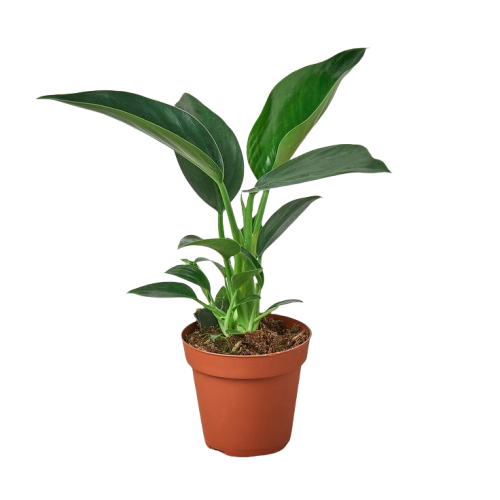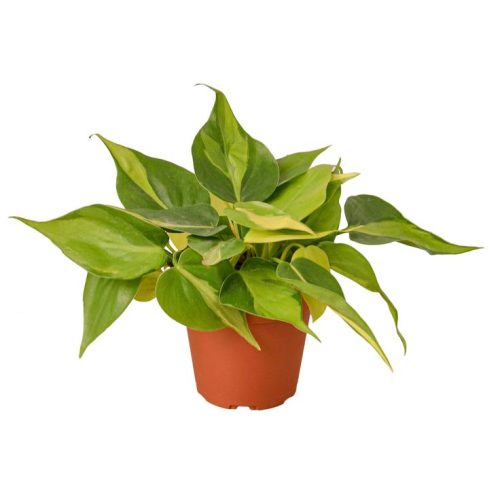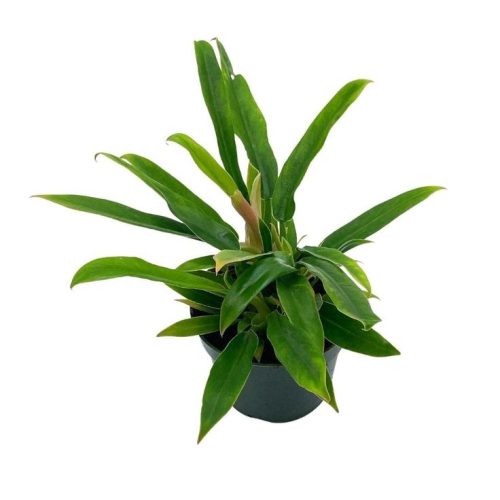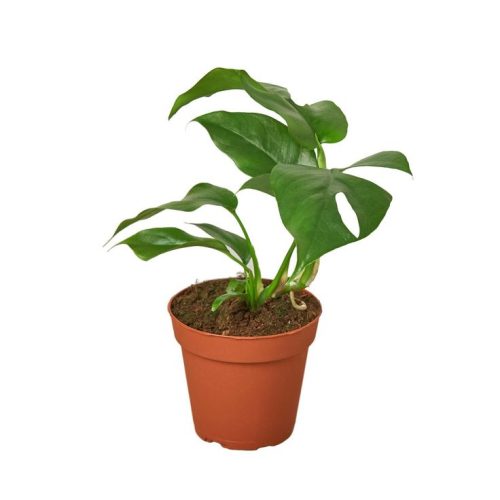Philipendronron Silrom: njem sitere na oke ohia
Philodendron Selloum:A Green Gladiator’s Guide to Thriving in the Urban Jungle
A mụrụ Brazil na bred: The templical templical nke ụwa Green
Akụ a na-ekpo ọkụ si Brazil, Philodendron Soom, thrives in warm, moist, and semi-shady environments. It’s a plant with a strong adaptability but has a soft spot for cold and dry conditions. For optimal growth, it prefers temperatures between 18 to 28 degrees Celsius, with a slightly higher range of 21 to 28 degrees Celsius from spring to summer (March to September), and a cooler 18 to 21 degrees Celsius from autumn to winter (September to March of the following year). During winter, it needs at least 8 degrees Celsius to keep growing, tolerating short bursts of 5 degrees Celsius, with some varieties showing off by enduring 2 degrees Celsius.
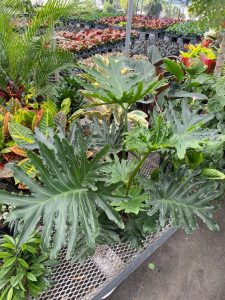
Philodendron Soom
Splash na na-enwu enwu: Idozi Philodendron Soom na Green Mpaghara
When it comes to hydration, Philodendron Selloum demands moist soil during its growing period, especially in the high-temperature summer months. Apart from daily watering, it’s essential to mist the leaves frequently to maintain a humidity level of 70% to 80%. However, when temperatures dip below 15 degrees Celsius, it’s time to cut back on the watering. As for light, this plant prefers the shade and avoids direct sunlight, which can turn its leaves into crispy brown snacks and dry out its aerial roots. Variegated leaf varieties enjoy bright, semi-shady light, which makes their colors pop. The ideal light intensity ranges from 15,000 to 35,000 lux. The Selloum is quite the night owl, tolerating up to 60 to 90 days in brightly lit indoor spaces, 30 days in dimly lit rooms, and even 15 days in complete darkness.
Dirt Dance: The Philodendron Selloum’s Secret Garden
Philodedendronron ravoum hụrụ n'anya na-eto eto na-eme nri, rụrụ, nke ọma - dranch Sandy Land. Maka ite, ngwakọta ala a na-ahụkarị gụnyere nha anya ala ala, peat, akwụkwọ a na-emebi emebi, na ájá. Nke a bụ ahịhịa dị mma ma na-akọkarị ahịhịa ma na-akọ ebe ndịda China. Ihe ndị akọwapụtara ya maka ìhè na mmiri na-eme ka ọ bụrụ nhọrọ ewu ewu maka ịchọ mma ụlọ na mpaghara ubi.
Philidendronron Siberom: Onye otu ezinaụlọ Philodendron
Akụ na ụba nke ebe okpomọkụ: Ihe odide Philodon
Philodendron Selloum is a member of the Philodendron family, which boasts a rich variety of species in the tropical rainforests of South America. Introduced to the United Kingdom in the mid-18th century, Philodendron quickly spread to the Netherlands, Italy, France, and other countries, with 31 species being cultivated. Concurrently, cultivation began in the Americas, with the United States experiencing rapid development. In 1888, Italy hybridized Philodendron lucidum and P. coriaceum to create the Bronze Shield. In 1936, the United States selected P. domesticum and P. erubescens to develop the Red Leaf Philodendron. Subsequently, Florida’s Bamboo Nursery introduced the Emerald Buke in 1975 and the disease-resistant Emerald King in 1976, significantly increasing Philodendron’s market share.
Ndị isi ụlọ ọrụ Philipendron
Many renowned international flower companies have commercialized Philodendron production. Companies such as the United States’ Hermet International, Egmont Trading, and Oglesby Plant Experimental Center, Israel’s Ben Ze, Yage, Agrexco Agricultural Center, and Israel Bio-Industry Plant Propagation Center, the Netherlands’ Men Van Ben, and Australia’s Burbank Biotechnology Center provide high-quality seedlings, cuttings, and tissue culture plants to Philodendron producers worldwide.
Philodendron Boom na China
Although China’s cultivation of Philodendron started relatively late, its development has been swift. Before the 1980s, there were few varieties of Philodendron, mainly cultivated in botanical gardens and parks, with little presence in public spaces. Today, Philodendron cultivation has spread throughout the southern regions with a vast array of varieties. Notably, the Ruby (P. imbe) and Green Emerald are widely cultivated and can be seen in homes and public places. Philodendron has become a significant indoor foliage plant.





